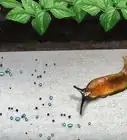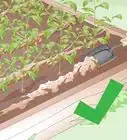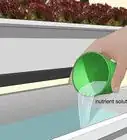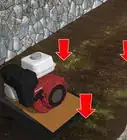This article was co-authored by Ben Barkan. Ben Barkan is a Garden and Landscape Designer and the Owner and Founder of HomeHarvest LLC, an edible landscapes and construction business based in Boston, Massachusetts. Ben has over 12 years of experience working with organic gardening and specializes in designing and building beautiful landscapes with custom construction and creative plant integration. He is a Certified Permaculture Designer, is licensed Construction Supervisor in Massachusetts, and is a Licensed Home Improvement Contractor. He holds an associates degree in Sustainable Agriculture from the University of Massachusetts Amherst.
There are 13 references cited in this article, which can be found at the bottom of the page.
wikiHow marks an article as reader-approved once it receives enough positive feedback. In this case, 85% of readers who voted found the article helpful, earning it our reader-approved status.
This article has been viewed 264,714 times.
Using pebbles in a garden brings different colors and textures to the garden. Pebbles can fill up otherwise empty space, leaving a visual impression that's more interesting than simple dirt, soil or mulch. Pebbles can serve other purposes, such as creating a decorative border, landscaped path, and keeping weeds at bay.[1] In order to best pebble a garden, it's important to clear a space for pebbles, choose the pebbles, and put the pebbles into the garden space.
Steps
Clearing a Space for Pebbles
-
1Tour local gardens for inspiration before planning to pebble the garden. There are a variety of ways you can pebble your garden. Check out local gardens to see ways in which landscapers have pebbles in public spaces.
- You can also go visit some gardens in person. If your city has a community garden or other green spaces, see if you can get any inspiration from those places.
- You can also check online to to view pebbled gardens from around the world.[2]
-
2Measure the amount of space dedicated for pebbles. Carefully plan out your pebbled space. This area should be blocked off from the rest of the garden to heighten the effect of the pebbles.[3]
- Use a tape measure to get the exact measurements you need to pebble your garden. This will help you know exactly how many pounds of pebbles you need. In general, one ton of pebbles will cover about 100 square feet at 3/4 to 1 inch thickness.
- It may be useful to have extra pebbles around when you need to fill in your pebble garden, so make sure to have more than you need for the space you have.
Advertisement -
3Prepare the space in the garden for the introduction of pebbles. Clear out any brush or weeds in areas where pebbles will be used. Wear gloves and protective gear so you don't cut your hands or injure your eyes.
- Tear out weeds, flowers, or any other plants in the space that will be pebbled. Make sure that you remove the roots of these plants to prevent them from growing underneath your pebbles.
- Have gloves and protective goggles when tearing out weeds or flowers. This is especially important if you are using a weed wacker or electric hedge trimmers.
-
4Ensure adequate drainage in the garden. Precipitation can build up in the pebble garden if you do not have good drainage in your garden.[4]
- If water is building up when it rains, you may have a drainage problem.
- You can create a French drain, which is a trench next to the garden filled with gravel. This may help to keep your garden free from overflow water.
- Another option to improve drainage is burying a pipe underneath a trench. The pipe should send the run off water to an area that won't be flooded when it's raining.[5]
-
5Put down a landscape fabric or a weed mat.[6] This should be placed over the dirt or other base material that will be covered with pebbles. The weed mat covers the cleared area for the pebble garden and makes sure little will grow underneath the weed mat.[7]
- The base covering that will be covered by the weed mat can be soil, sand, grass, pavement or other natural material.
- The weed mat will limit the growth of weeds coming up through the pebbles. It will also keep the soil or other base material from mixing with the pebbles.
- Weed mats can be purchased in a garden or landscaping store. They are made from a variety of materials including plastic.
- Get a weed mat that's safe for the environment and will only affect the area you want it to for your pebble garden. A biodegradable weed mat will guarantee your weed mat only affects your garden area and will decompose after you're finished using it in your pebble garden.[8]
Choosing the Pebbles
-
1Shop around for different types of pebbles. You can find pebbles for purchase at lawn and garden stores as well as pool and pet stores.These pebbles will be of a wide variety of types and prices. Find the best one to match your needs.Types of stones available as pebbles include: [9]
- Marble pebbles, which are pink, white, black yellow and brown.
- Limestone pebbles, which show up in natural colors such as tan, black, white and brown.
- Granite pebbles, which are pink and red in color.
- You can also search riverbeds and streams for unique pebbles to use as accents. Make sure that you are allowed to remove pebbles by talking to the local wildlife or nature preserve authorities.
-
2Choose from a variety of shapes and textures. You can use flat pebbles, round or elliptical shapes, or combine many different types.The different pebble types will work better depending on your environment and pebbling plan.
- Pea gravel, river rock, crush granite, and Mexican beach pebbles all offer different textures. Find different pebbles that work best for your garden environment and look.[10]
-
3Come up with a design that fits the style of your garden. You can use one pebble color and shape, or can mix up many different shades and textures in the garden. Plan out your design before pebbling the garden.[11]
- If a less natural, and more polished look is desired in the garden, use monochrome stones in onyx or white for a brighter, refined appearance. These are available at landscaping stores and are more uniform in size and shape.
- You can also make a pebble mosaic, where you combine a variety of different pebbles into one pattern. This can create a fun and interesting look for your garden.[12]
- Some other pebble design options include blurring the boundaries of your pebble garden with plants, combining different sized stones, and adding a rock border. Try to find the best one that suits your particular garden.[13]
-
4Transport the pebbles to the garden. Pebbles can be heavy, especially if you are buying enough to pebble a large section of a garden. Make sure you have a good way to transport the pebbles from the store or environment, as well as some help when carrying them to your pebble garden.
- If you are gathering the pebbles from the natural environment, like riverbeds and streams, use a wheelbarrow to get the pebbles to the place where they will be laid.
- If you are buying them from a store, have someone help you transport them. Many bags of pebbles can be tiring to carry alone.
Pebbling the Garden
-
1Spill the pebbles into the space dedicated for the pebble covering. You should transport your bags of pebbles to the garden spot first, so you know how many bags you will need for the task. Place the bags next to the spot where they will go, so you have a good idea of how many bags you will need.
- Open the bags and fill out the pebble path with loose pebbles. Cut the pebble bags and shake them out onto the garden path.
- If you are creating pebble mosaic, you'll likely want to be cautious when moving the pebbles onto the garden space at first.
-
2Spread the pebbles over the designated area in the garden. After they are spilled out into the space, carefully move to cover the space. You should not be able to see the weed mat underneath, so layer the pebbles if necessary.[14]
- Use a rake or similar garden tool to spread the pebbles. Try not to damage the pebbles when spreading them.
- Your pebbles should totally cover the area. It's better to have too many pebbles than too little, since that will make your pebble garden look untidy.
-
3Arrange them by hand around the plants and flowers. Spread them evenly around larger areas. Try to balance out the level of the pebble garden as much as possible. You can probably eyeball the level, but try to get down to the ground level to check it out.
- Be careful not to damage any plants or flowers in pebble gardens. They should still be able to get plenty of water and sunlight as well.
- Level out the pebbles as much as possible. You can try to eyeball it, but it may also be useful to use a gardening tool to smooth them out, even around plants and flowers.
-
4Cement the pebbles if necessary. Depending on your pebble pattern, it may be necessary to cement the pebbles down. In areas where people will be walking over the pebbles often, you may want to use cement to guarantee they don't become dislodged from the path.[15]
- Mix a 4:1 ratio from cement to sand when you're preparing the cement mixture. Ideally, the texture should resemble breadcrumbs.
- Pour the cement onto the path. Fill in pebbles into the path way. Don't use too much cement, since this will overwhelm your pebble path. Ideally, try to calculate the amount of cement needed and the amount of pebbles needed. In general, one 80 pound bag of cement will fill in a 4-inch thick slab of 2 square feet.[16]
-
5Step back from the garden to assess the visual impact. The pebbles should give the garden a clean, decorative appearance. A pebble garden can make a garden look well decorated and take your breath away.
- Ideally, the colors should be pleasing to your eye and fit in well with your plants and flowers.
- Keep in mind the sharp lines and angles in designing the pebble garden. This will help you have a balance in your pebble garden.
-
6Adjust where necessary and add pebbles if more are needed. Buying extra bags of pebbles are useful now, since you will not have to head back to the store to get more pebbles.
- Add pebbles to any low spots. Uniformity makes a pebble garden look its best.
- Check on your pebble garden periodically. Keep up with how it looks on a regular basis, in case you need to fix anything or add additional pebbles.
Expert Q&A
Did you know you can get expert answers for this article?
Unlock expert answers by supporting wikiHow
-
QuestionHow do I set up pebbles in my garden?
 Ben BarkanBen Barkan is a Garden and Landscape Designer and the Owner and Founder of HomeHarvest LLC, an edible landscapes and construction business based in Boston, Massachusetts. Ben has over 12 years of experience working with organic gardening and specializes in designing and building beautiful landscapes with custom construction and creative plant integration. He is a Certified Permaculture Designer, is licensed Construction Supervisor in Massachusetts, and is a Licensed Home Improvement Contractor. He holds an associates degree in Sustainable Agriculture from the University of Massachusetts Amherst.
Ben BarkanBen Barkan is a Garden and Landscape Designer and the Owner and Founder of HomeHarvest LLC, an edible landscapes and construction business based in Boston, Massachusetts. Ben has over 12 years of experience working with organic gardening and specializes in designing and building beautiful landscapes with custom construction and creative plant integration. He is a Certified Permaculture Designer, is licensed Construction Supervisor in Massachusetts, and is a Licensed Home Improvement Contractor. He holds an associates degree in Sustainable Agriculture from the University of Massachusetts Amherst.
Garden & Landscape Designer
-
QuestionHow do you prepare the ground for gravel?
 Ben BarkanBen Barkan is a Garden and Landscape Designer and the Owner and Founder of HomeHarvest LLC, an edible landscapes and construction business based in Boston, Massachusetts. Ben has over 12 years of experience working with organic gardening and specializes in designing and building beautiful landscapes with custom construction and creative plant integration. He is a Certified Permaculture Designer, is licensed Construction Supervisor in Massachusetts, and is a Licensed Home Improvement Contractor. He holds an associates degree in Sustainable Agriculture from the University of Massachusetts Amherst.
Ben BarkanBen Barkan is a Garden and Landscape Designer and the Owner and Founder of HomeHarvest LLC, an edible landscapes and construction business based in Boston, Massachusetts. Ben has over 12 years of experience working with organic gardening and specializes in designing and building beautiful landscapes with custom construction and creative plant integration. He is a Certified Permaculture Designer, is licensed Construction Supervisor in Massachusetts, and is a Licensed Home Improvement Contractor. He holds an associates degree in Sustainable Agriculture from the University of Massachusetts Amherst.
Garden & Landscape Designer
-
QuestionI have a small river pebble around a rose bush in full sun. Will those pebbles get hot enough to damage the rose plant?
 Maggie MoranMaggie Moran is a Professional Gardener in Pennsylvania.
Maggie MoranMaggie Moran is a Professional Gardener in Pennsylvania.
Home & Garden Specialist
Things You'll Need
- Weed mat
- Pebbles
- Wheelbarrow
- Rake or gardening hoe
References
- ↑ Ben Barkan. Garden & Landscape Designer. Expert Interview. 2 June 2020.
- ↑ http://www.goodshomedesign.com/garden-design-ideas-pebbles/
- ↑ http://www.acsgarden.com/articles/landscaping/coloured-pebbles-in-the-garden.aspx
- ↑ http://www.landscapingnetwork.com/backyard-ideas/drainage-solutions.html
- ↑ http://www.bhg.com/gardening/landscaping-projects/landscape-basics/improve-poor-drainage/
- ↑ Ben Barkan. Garden & Landscape Designer. Expert Interview. 2 June 2020.
- ↑ https://www.bunnings.com.au/diy-advice/garden/landscaping/how-to-install-weed-matting
- ↑ http://www.csiro.au/en/Research/MF/Areas/Chemicals-and-fibres/Materials-for-industry-and-environment/Composites/Weed-Mat
- ↑ http://www.houzz.com/ideabooks/10654066/list/5-gravel-and-stone-types-for-a-rockin-landscape
- ↑ http://www.houzz.com/ideabooks/10654066/list/5-gravel-and-stone-types-for-a-rockin-landscape
- ↑ http://www.decoist.com/2012-05-30/lets-rock-20-fabulous-rock-garden-design-ideas/
- ↑ http://www.finegardening.com/create-pebble-mosaic
- ↑ http://www.sunset.com/garden/landscaping-design/landscaping-with-gravel
- ↑ http://www.sunset.com/garden/landscaping-design/landscaping-with-gravel
- ↑ http://www.landscape-and-garden.com/Landscape/LandscapingIdeas/PebblePaving
- ↑ http://www.homedepot.com/c/how_to_mix_concrete_HT_BG_BM
About This Article
To pebble a garden, start by clearing the area and covering it with a weed mat to prevent weeds from coming up through the pebbles. Then, pour the pebbles into the open space and use a rake to spread them into the corners. Next, use your hands to level out the pebbles, making sure to leave space around plants or flowers so they can get enough water and sunlight. Finally, step back and assess the garden for any low spots, then fill them in with extra pebbles as necessary. For advice from our Horticultural co-author on how to arrange your pebbles in a design that fits the style of your garden, read on!

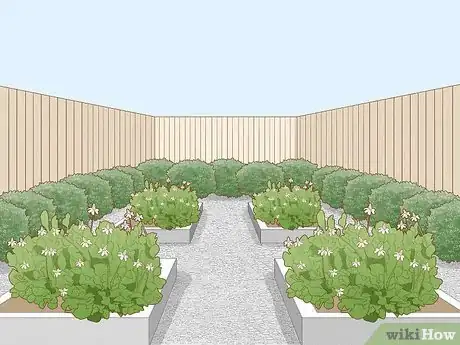
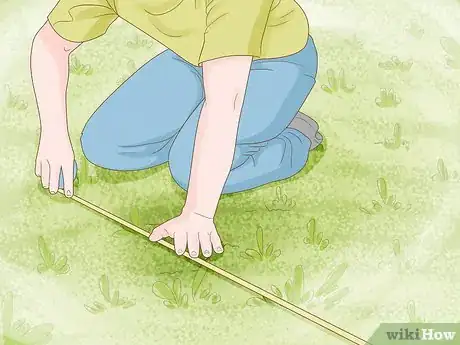
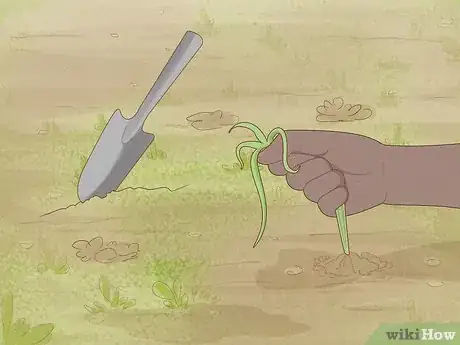
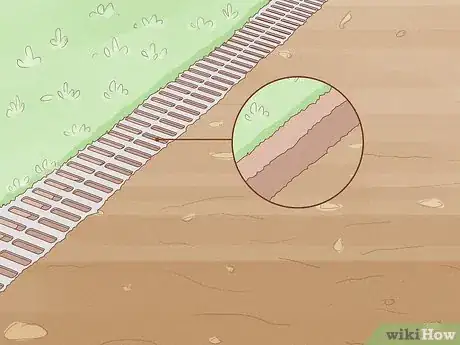
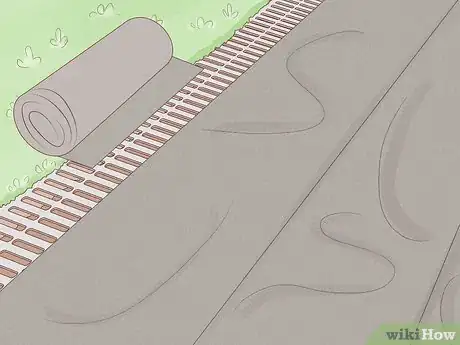
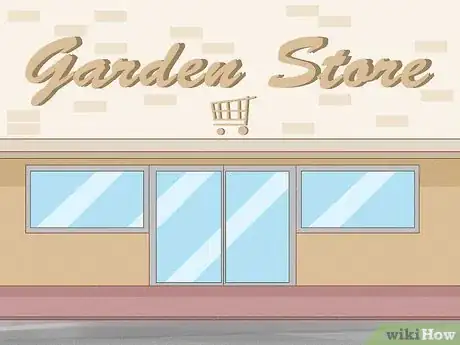
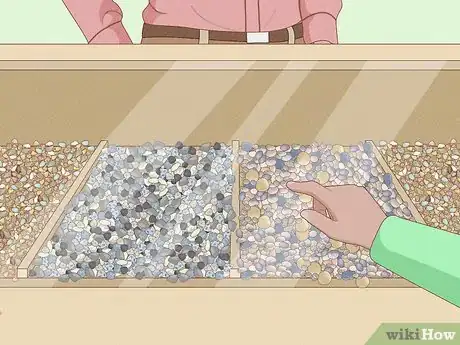
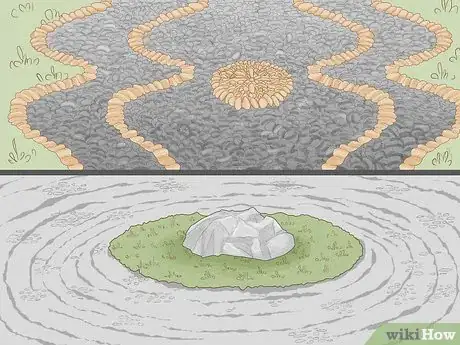
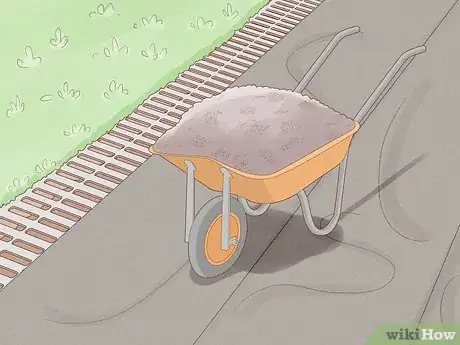
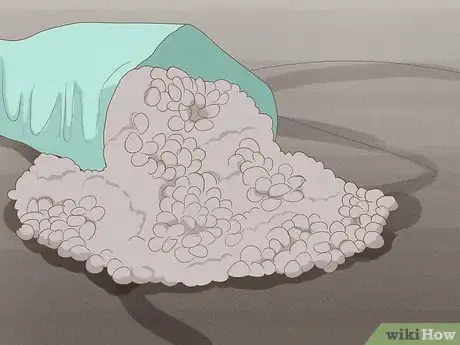
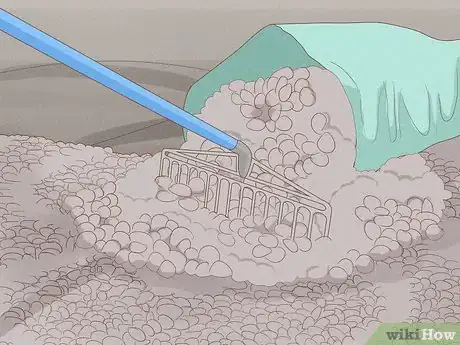
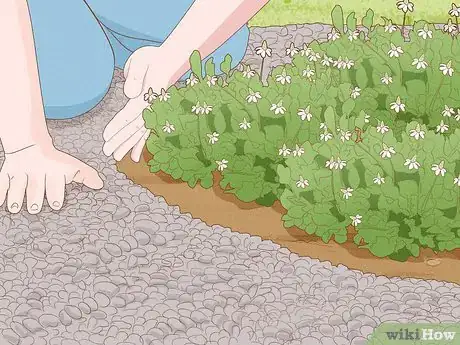
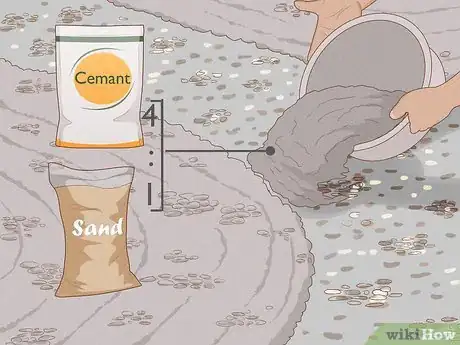
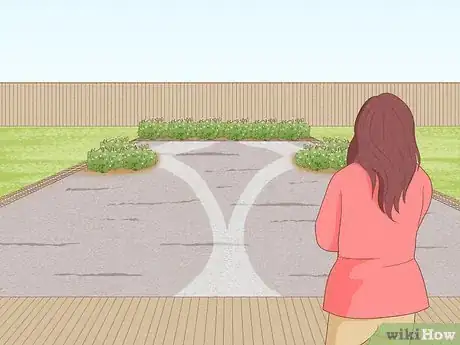
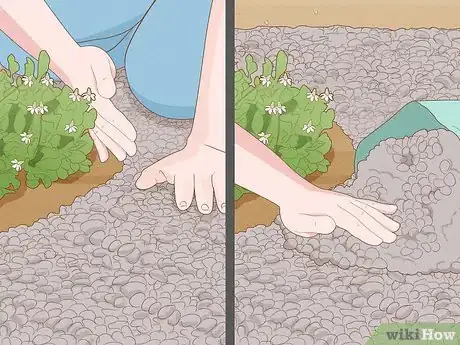
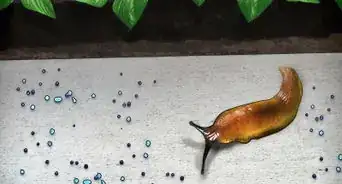

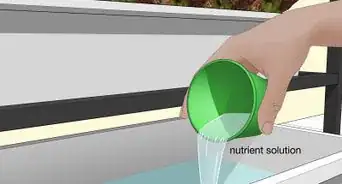
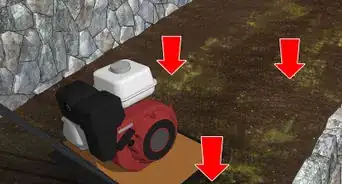
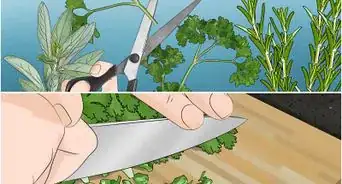
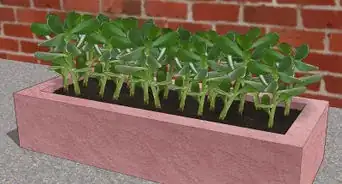
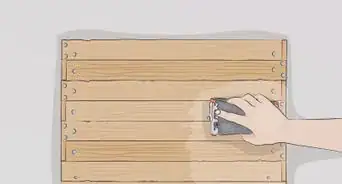
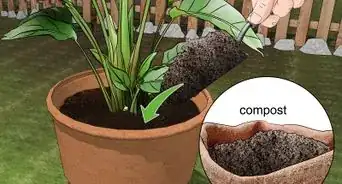
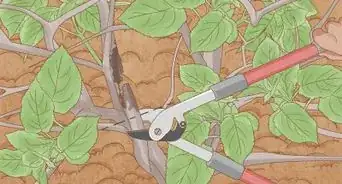
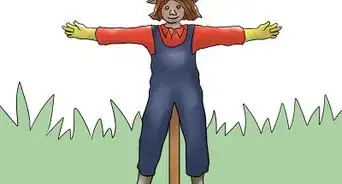
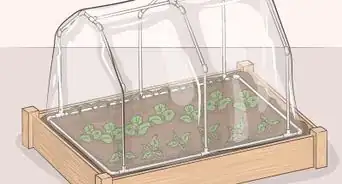
-Oven-Step-15.webp)










